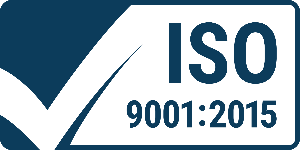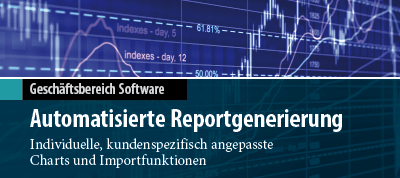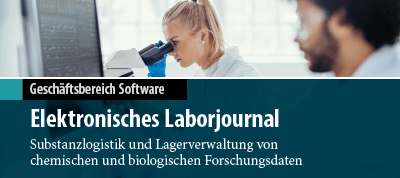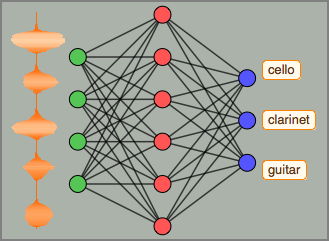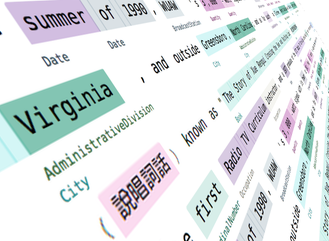Machine Learning
High-Level Machine Learning
Version 12 pushes further in the direction of having fully automated machine learning capabilities for every task and data type. Most existing functions have been improved, notably by the introduction of a new automation procedure. New functions are also introduced, mostly in the unsupervised learning domain in order to learn without labeled data, but also in the active learning domain in order to learn from a "teacher". Overall, this updated high-level framework should give the possibility for novices to easily implement machine learning solutions, and for experts to reduce their development time.
Neural Network Framework
Version 12 completes its high-level neural network framework in terms of functionality, while improving its simplicity and performance. A variety of new layers and encoders have been added, in particular, to handle sequential data such as text or audio. Importantly, a model repository is introduced, bringing a collection of pre-trained networks to be used as is, symbolically manipulated, or fine-tuned to a specific task. Finally, performance has been improved for most hardware configurations, including the possibility to train using multiple graphic cards. This framework is arguably the easiest existing tool to build neural network applications, yet with broad capabilities and without performance compromise.
Machine Learning for Images
Version 12 image processing and computer vision use extensively updated machine learning and neural net capabilities and introduce several built-in, high-level functions for object recognition, face analysis, restyling and more. In addition, with a growing number of pre-trained networks available from the Wolfram Neural Net Repository, one can use available pre-trained networks immediately, or manipulate and reassemble them to train on new data. Powerful network surgery capabilities enable transfer learning, which allows for solving problems using much smaller datasets.
Machine Learning for Audio
Version 12 audio processing and analysis provides high-level built-in functions for audio identification, speech recognition and more. An efficient and tight integration with the machine learning and neural net framework, as well as easy access to a growing number of state-of-the-art pre-trained models available through the Wolfram Neural Net Repository enables easy prototyping and development of algorithms. All of these capabilities form a rich, productive system to apply high-level and accurate machine learning solutions to a wide range of fields, such as speech and music.
Natural Language Processing
Version 12 takes advantage of the recent advances in deep learning to bring state-of-the-art capabilities in natural language understanding. New reading comprehension functions can be used on text to answer questions or extract semantic contents. Additionally, a collection of pre-trained neural net models is available to be used as is or fine-tuned to a specific language task. Finally, the neural network framework has been updated with specific capabilities for text, making it one of the easiest tools to solve natural language problems.

